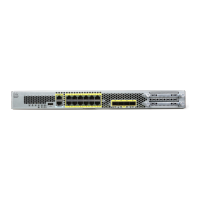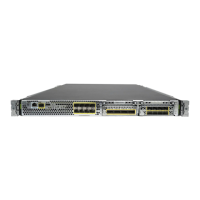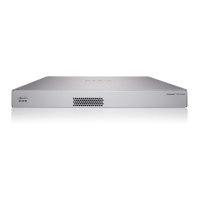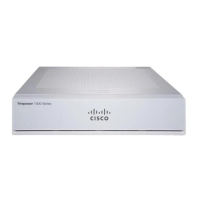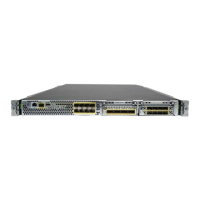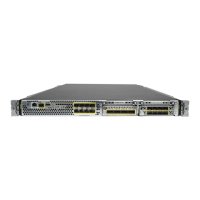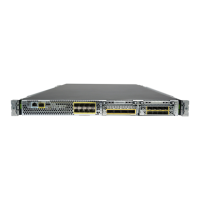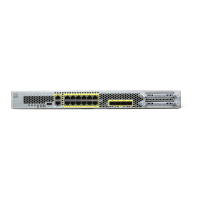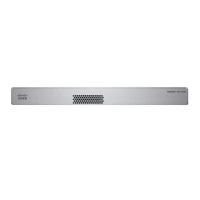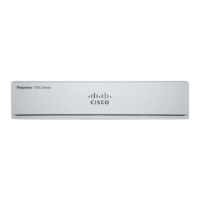42-12
Cisco Security Appliance Command Line Configuration Guide
OL-10088-01
Chapter 42 Monitoring the Security Appliance
Configuring and Managing Logs
Viewing System Log Messges in the Current Session
Step 1 After you log in to the security appliance, enable logging to the current session by entering the following
command:
hostname# terminal monitor
This command enables logging only for the current session. If you log out, and then log in again, you
need to reenter this command.
Step 2 To disable logging to the current session, enter the following command:
hostname(config)# terminal no monitor
Sending System Log Messages to the Log Buffer
If configured as an output destination, the log buffer serves as a temporary storage location for system
log messages. New messages are appended to the end of the listing. When the buffer is full, that is, when
the buffer wraps, old messages are overwritten as new messages are generated, unless you configure the
security appliance to save the full buffer to another location.
This section includes the following topics:
• Enabling the Log Buffer as an Output Destination, page 42-12
• Viewing the Log Buffer, page 42-13
• Automatically Saving the Full Log Buffer to Flash Memory, page 42-13
• Automatically Saving the Full Log Buffer to an FTP Server, page 42-13
• Saving the Current Contents of the Log Buffer to Internal Flash Memory, page 42-14
• Clearing the Contents of the Log Buffer, page 42-14
Enabling the Log Buffer as an Output Destination
Note To start logging to the buffer as defined in this procedure, be sure to enable logging for all output
locations. See the “Enabling Logging to All Configured Output Destinations” section on page 42-6. To
disable logging, see the “Disabling Logging to All Configured Output Destinations” section on
page 42-6.
To enable the log buffer as a log output destination, enter the following command:
hostname(config)# logging buffered {severity_level | message_list}
Where the severity_level argument specifies the severity levels of messages to be sent to the buffer. You
can specify the severity level number (0 through 7) or name. For severity level names, see the “Severity
Levels” section on page 42-23. For example, if you set the level to 3, then the security appliance sends
system log messages for level 3, 2, 1, and 0.
The message_list argumentspecifies a customized message list that identifies the system log messages
to send to the buffer. For information about creating custom message lists, see the “Filtering System Log
Messages with Custom Message Lists” section on page 42-17.
For example, to specify that messages with severity levels 1 and 2 should be saved in the log buffer, enter
one of the following commands:

